Zhuoqiong He
Fully Bayesian Analysis of the Relevance Vector Machine Classification for Imbalanced Data
Jul 26, 2020
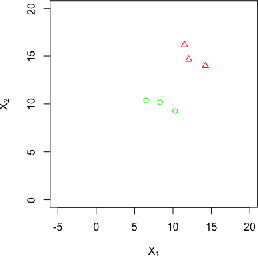
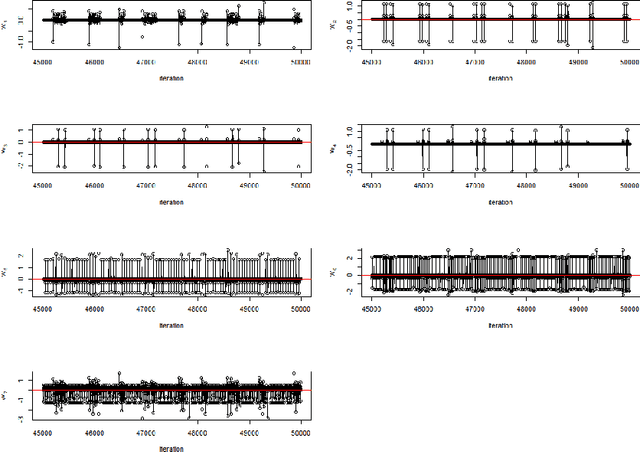
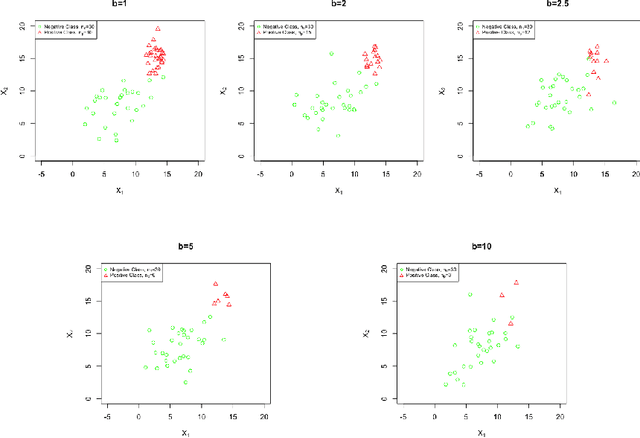
Abstract:Relevance Vector Machine (RVM) is a supervised learning algorithm extended from Support Vector Machine (SVM) based on the Bayesian sparsity model. Compared with the regression problem, RVM classification is difficult to be conducted because there is no closed-form solution for the weight parameter posterior. Original RVM classification algorithm used Newton's method in optimization to obtain the mode of weight parameter posterior then approximated it by a Gaussian distribution in Laplace's method. It would work but just applied the frequency methods in a Bayesian framework. This paper proposes a Generic Bayesian approach for the RVM classification. We conjecture that our algorithm achieves convergent estimates of the quantities of interest compared with the nonconvergent estimates of the original RVM classification algorithm. Furthermore, a Fully Bayesian approach with the hierarchical hyperprior structure for RVM classification is proposed, which improves the classification performance, especially in the imbalanced data problem. By the numeric studies, our proposed algorithms obtain high classification accuracy rates. The Fully Bayesian hierarchical hyperprior method outperforms the Generic one for the imbalanced data classification.
Deep Neural Network in Cusp Catastrophe Model
Apr 22, 2020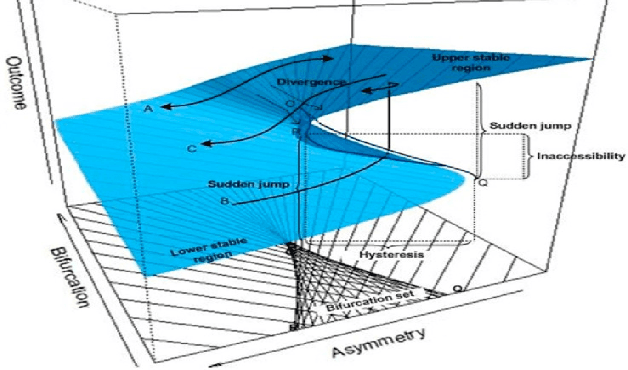
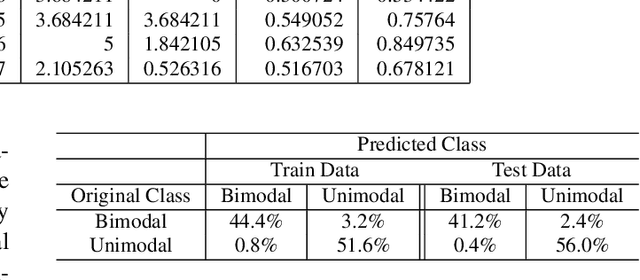

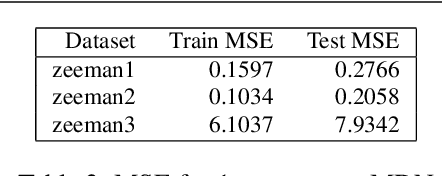
Abstract:Catastrophe theory was originally proposed to study dynamical systems that exhibit sudden shifts in behavior arising from small changes in input. These models can generate reasonable explanation behind abrupt jumps in nonlinear dynamic models. Among the different catastrophe models, the Cusp Catastrophe model attracted the most attention due to it's relatively simpler dynamics and rich domain of application. Due to the complex behavior of the response, the parameter space becomes highly non-convex and hence it becomes very hard to optimize to figure out the generating parameters. Instead of solving for these generating parameters, we demonstrated how a Machine learning model can be trained to learn the dynamics of the Cusp catastrophe models, without ever really solving for the generating model parameters. Simulation studies and application on a few famous datasets are used to validate our approach. To our knowledge, this is the first paper of such kind where a neural network based approach has been applied in Cusp Catastrophe model.
 Add to Chrome
Add to Chrome Add to Firefox
Add to Firefox Add to Edge
Add to Edge